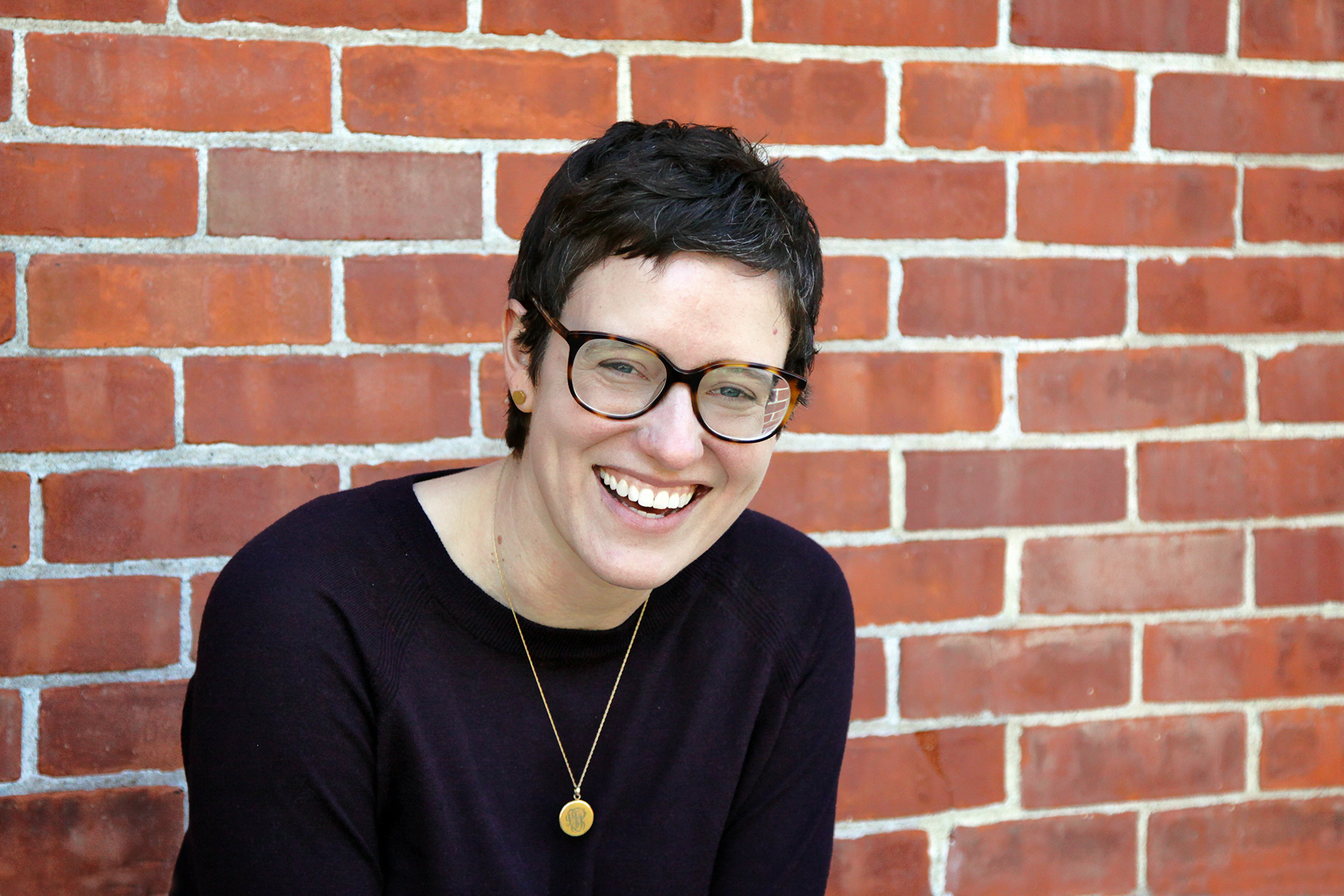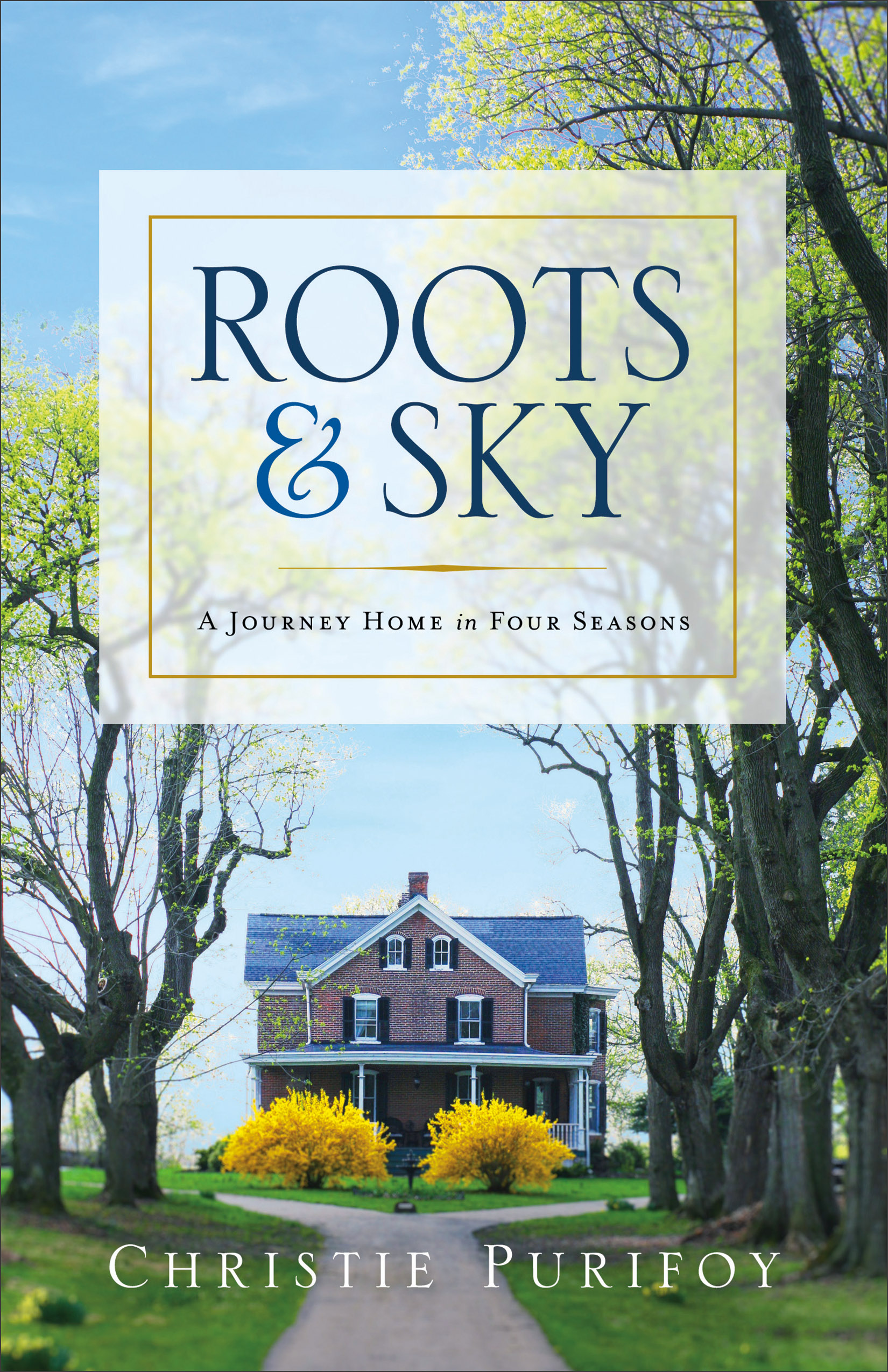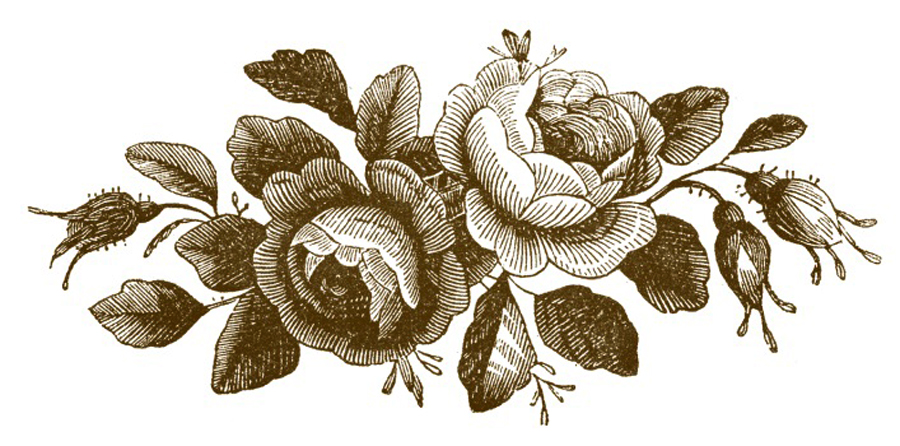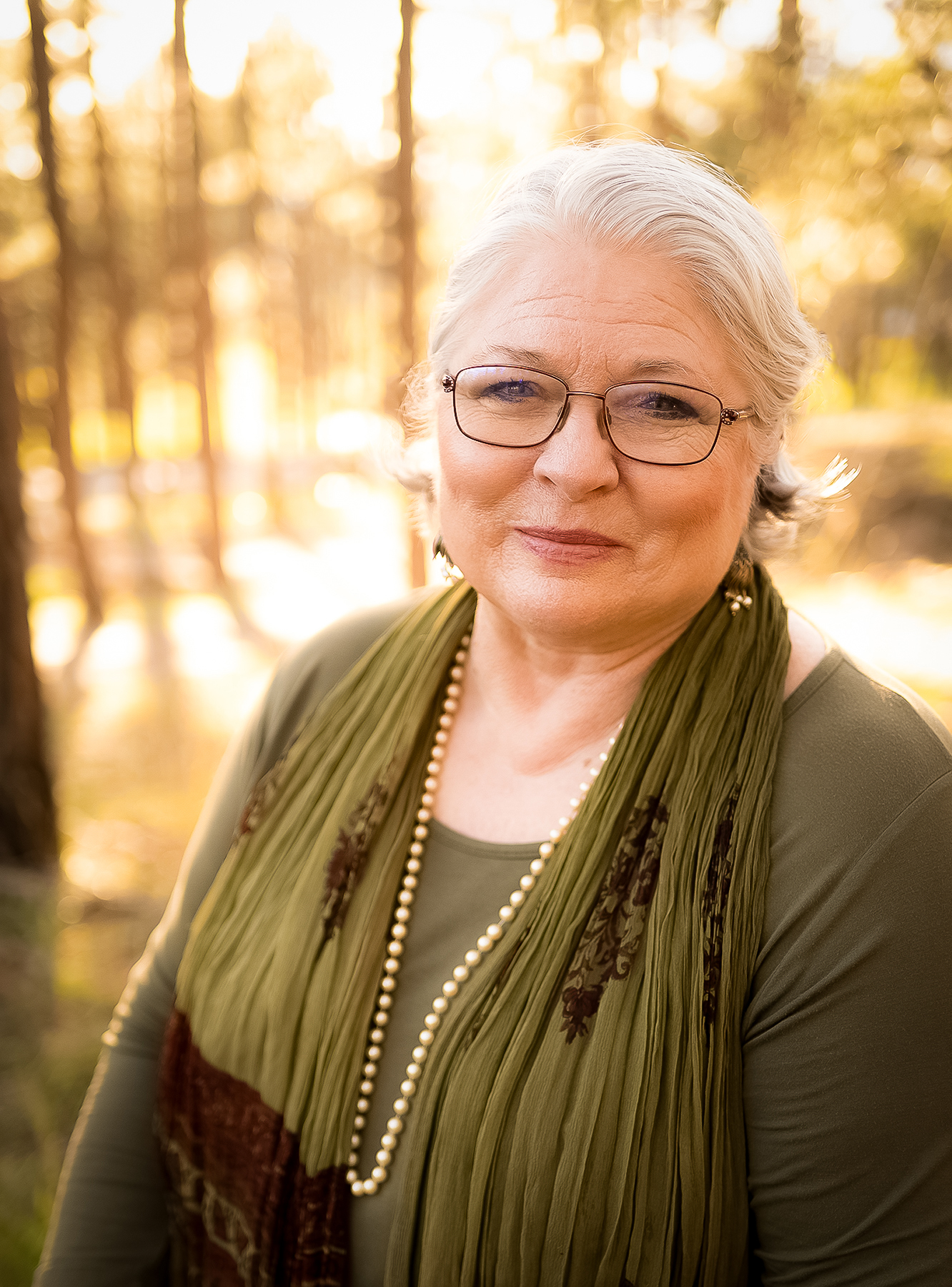It is my honour and joy to interview Christie Purifoy, author of the extraordinarily beautiful book – Roots and Sky. Seldom have I been so deeply affected by a book, and even more seldom have I read a book so slowly. One chapter a night to make it last as long as possible. Every word is precious and Christie’s way with these words has reminded me again of why I ever loved words to begin with. This books sings with the presence of heaven on earth, and Christie models it graciously in person, like the words themselves come to life! Allow me to introduce her to you.
LES: Christie, what are some of your favourite practices and traditions for capturing the essence of Summer?
CP: For more than a decade, ever since I visited a u-pick strawberry farm in the Wisconsin countryside north of Chicago, I’ve tried to capture the essence of summer in a jam jar. I make strawberry freezer jam flavored with black pepper and balsamic vinegar. I can black raspberry jam to spoon on toast and give as gifts at Christmastime. I harvest ground cherries from my vegetable garden to make ground cherry jam just like Ma Ingalls (Laura mentions Ma’s jam in one of the Little House books). The color is bright gold, and it tastes like summer sunshine poured over yogurt or ice cream. For me, preserved summer fruits enjoyed in winter celebrate the seasons without undermining the important distinctions between them. In summer, we feast on fresh fruit. In winter, we savor memories by the spoonful.![]()
LES: As a working photographer and writer I am always fascinated to see another pairing of those two ways of bringing beauty into being. Your photography has so eloquently grown in style and presence over the years. How do you find your photography informing the way you write?
CP: I feel the limits of my skill (and equipment!) more in photography than in writing. I use an older model camera phone and am not very knowledgeable about editing. That means I have to wait for just the right angle of light. It also means I tend to focus on small subjects and tiny details. I simply don’t have the skills for panoramic views or actions shots. Your question has made me realize how much operating within these limits as a photographer over the past few years has influenced my writing. Writing is simply one other way of artfully communicating our observations, and even in the written word, I tend now to focus on small, visual details. In word and image, I love to tease out the meaning and significance of very small things.
LES: A tiny sprinkling of my favourite quotes, which I am including here from Roots and Sky, led me to the following questions. Let’s explore these.
“Where does art come from? Like so many of the very best things in this world, its roots spread through emptiness and brokenness. Art begins when someone recognizes that things are not as they should be. Our art is born in the ache between death and resurrection, and we make art in the empty hours between Friday and Sunday. Whether we speak of poems or paintings or places, all art acknowledges an absence and dreams of something other, something more. Art is the material form of hope.”
LES: Brokenness and emptiness are fertile soil for the making of Beauty and of Art. It is also the soil often used to form our characters. But both these qualities are difficult to face and often more difficult to name. How might we practice facing the absence of what ought to be and reconcile with the longing for something more – the now and not yet? How do you in your own life cultivate the conditions that allow Beauty to be made out of longing, and art out of brokenness?
CP: It helps that I’m a gardener. I understand deep in my bones that dirt and flowers go together, that the stench of manure is necessary for the sweet smell of sweet peas or roses. But the one doesn’t automatically lead to the other. Soil requires tending. Empty ground needs care. For me, this looks like acknowledging the pain, the brokenness, or the longing, and then letting them go again in order to receive whatever good things might grow out of them. I don’t try to erase the pain, I don’t cover over the emptiness with distractions, but I try not to cherish the pain, either. I don’t want to hold on to the hurt for too long, nursing my grief, refusing the possibilities of transformation and resurrection. Of course, I don’t live this way perfectly, but the evidence of my accumulated years tells me that God is good, always, and that no matter what happens, I can face the future with this hopeful question on my lips, “What happens next?”
“I see the world through a lens of metaphor.”
LES: Roots and Sky is a tale about place and seasons and about forming an awareness of a deeper rhythm of daily living. The way you describe the seasons in Roots and Sky is so rich the seasons become not only an element to encounter but personas in their own right. How did you come to see journey, place, and seasons as the framework your story?
CP: I write about the seasons in the way that I do because I have lived with them and I have lived without them. This means I cannot take them for granted. Seasonal changes were muted in the Texas of my childhood. Summer was hot and long; winter was short and brown. Fall and spring were unsettled by storms and temperature swings. I longed for the pure, distilled essence of each season, but I encountered that only in books. Moving north as a young adult, I experienced for the first time the gentle but pronounced rhythm of four distinct seasons. It was like music to me. I fell in love with the seasons, but when I later moved south again, I grieved the loss of them. The story I tell in Roots and Sky is a story of restoration: personal, familial, spiritual, and natural. The seasons are a metaphor for this larger experience of restoration, but they are also simply, wonderfully themselves. The seasons—from winter snow and fall color to spring blossom and summer heat—were restored to me, and they matter more for having been lost and found again.
“The things of God are here. The things of God are now. And God’s fulfilled promises are so real, we can serve them on a platter.”
LES: One of the most essential qualities of being a gardener is cultivating an awareness of each season in its exact rhythms and working within them. Taking that approach to living, how do you practice, Christie, experiencing the season – whichever season it is – so that you enter into the heart of the season and not miss it?
CP: I try to remember that something significant is always happening, even if it seems intangible or hidden. Winter is for rest, spring is for new growth, summer is for fruit, autumn is for harvest. If I expect a harvest in early spring, I’ll be frustrated, and the same is true of daily life. We may not be sure what “season” we are in, but if I focus on gratitude I tend to notice what I am meant to receive on any given day. I may prefer the gifts of one season over another, but each season has something good to offer.
“The world God has allotted to each of us can never be summed up with a glance. No matter its size. It is God’s presence that makes a place endless. This is true whether we are speaking of our souls or of our backyards. God holds the cosmos in his hands, and we hold God within our bodies. There is always more to see.”
LES: When I use the word ‘Journey’ it is, in my unspoken thinking, imbued with the sense a pilgrimage – a journeying home to something, and a passage of transformation. Would you talk with us about the difference between travel and pilgrimage? What constitutes a pilgrimage? Is it purpose? Attitude? How might we cultivate a heart for pilgrimage right where we are and make peace with where the boundaries are set for us?
CP: When I think of travel, I think of consumption: we take in the sights and sounds, the flavors and experiences of some other place. That isn’t necessarily a bad thing. The world offers good things, like food, that we are meant to consume and enjoy. But you are right that pilgrimage is something else. It’s a kind of travel that doesn’t revolve around consumption, but it can also describe a way of life. To imagine oneself as a pilgrim is to live as if even my ordinary, daily, stay-at-home life is a journey toward … home? Love? Our maker? Perhaps the pilgrim doesn’t ask where he or she is headed but toward whom. And if the destination is so marvelous, we will find ourselves grateful for the limits and boundaries. Limits can be uncomfortable, even painful, yet they keep us on the Way, don’t they? Without limits we wander. Sometimes we must wander, and wandering has its purpose in our lives, but few of us want to wander forever.
“Dreams are a form that emptiness takes. They are the particular, unique shape of our yearning.”
LES: Our yearnings are, I believe, a kind of compass pointing home if we know how to listen to them. How do you see our dreams and our yearning shaping our pilgrimages?
CP: Over time I’ve learned that our most powerful, most deeply felt dreams have their source in something (or someone) beyond ourselves. We are so often afraid of our dreams and desires, imagining they are selfish, but dreams are one of God’s languages. Big dreams are the x on the map. Smaller dreams are like guideposts. They point us in the right direction; they remind us we are heading in some fruitful way.
But we don’t control our dreams. Their origins are usually mysterious. The precise ways they are fulfilled in our lives are often unexpected. To pay attention to your own dreams can be, paradoxically, one more way of losing your life, one more way of letting go and allowing yourself to be led.
“As humans, we roam the entire world. We even venture beyond it into space. The whole planet is ours, but the whole planet is not our home. Instead, home is the ground we measure with our own two feet. And home is the place that measures us. Home is the place that names us and the place we, in turn name. It feeds us, body and soul, and if we are living well, we feed it too. Home is the place we cultivate with our love.”
LES: You have a new book coming out called Placemaker. Why does ‘place’, both the concept and the reality, figure so importantly in your thinking and experience? What are you exploring in this new book?
CP: I love taking care of places, and I think I always have. When I was a girl, it was my bedroom or my dollhouse. When I moved into my first apartment, I took to arranging centerpieces on the kitchen table, just so. My interest in places and how we live in them, how we care for them, and how to share them is a fascination born of pleasure. I enjoy making places more beautiful or more comfortable, even though that work is often hard or frustrating or unappreciated.
My next book, Placemaker: Cultivating Places of Comfort, Beauty, and Peace, will be published by Zondervan early next year. In it I ask how to cultivate places where peace can dwell and whether such places endure, even if we pack up and move on. It’s a memoir with a twist: I tell the stories of all the places my husband and I have made together, I describe the difficult journey of making our current home new, but I weave these personal stories together with stories of the trees that have sheltered every place I call home. When I began to write a book about cultivating rootedness, I suspected the trees themselves, from Silver maples to Queen palm trees, had a great deal to teach me, and I wasn’t wrong, though some of their lessons were very hard to learn.
“I see something beautiful asking to be born. Every beautiful thing has been spoken into being by love.”
LES: What do you most hope readers will hear and take away from their reading of Roots and Sky?
CP: I hope they will turn the last page convinced that this beautiful earth is their home, that it was made for them by love. I hope their eyes will be opened to the goodness of God’s creation, and the evidence—visible everywhere—that this creation will one day be fully restored. I hope they will begin to imagine heaven, God’s own home, not as a far-off place, but as a place that has drawn near and will one day draw nearer still.
LES: How can we be praying for you in the year ahead?
CP: The hard but oh-so-enjoyable work of writing a new book is finished, but the hard and not-quite-so-enjoyable work of figuring out how to share this book with readers is only beginning. I am not a born-marketer, but I believe in the beauty and the message of this new book. I would be so grateful for prayers that I be able to carry the news of this book to as many receptive readers as possible in ways that are authentic and never burdensome—to me or to them!
The images of Christie Purifoy shared with this interview are (c) of Lancia E. Smith Photography.
I was delighted to make these with Christie this past spring at the fabulous 2018 Refine {the Retreat} where Christie was one of the speakers.
Much to my joy, Christie will be a returning speaker for the 2019 Refine {the Retreat} and
I cannot commend her or Refine highly enough to you! Come join us!
Lancia E. Smith is an author, photographer, business owner, and publisher. She is the founder and publisher of Cultivating Oaks Press, LLC, and the Executive Director of The Cultivating Project, the fellowship who create content for Cultivating Magazine. She has been honoured to serve in executive management, church leadership, school boards, and Art & Faith organizations over 35 years.
Now empty nesters, Lancia & her husband Peter make their home in the Black Forest of Colorado, keeping company with 200 Ponderosa Pine trees, a herd of mule deer, an ever expanding library, and two beautiful black cats. Lancia loves land reclamation, website and print design, beautiful typography, road trips, being read aloud to by Peter, and cherishes the works of C.S. Lewis, J.R.R. Tolkien, and George MacDonald. She lives with daily wonder of the mercies of the Triune God and constant gratitude for the beloved company of Cultivators.
Leave a Reply
A Field Guide to Cultivating ~ Essentials to Cultivating a Whole Life, Rooted in Christ, and Flourishing in Fellowship
Enjoy our gift to you as our Welcome to Cultivating! Discover the purpose of The Cultivating Project, and how you might find a "What, you too?" experience here with this fellowship of makers!





What a beautiful interview – questions and answers. Thank you both so much.
Absolutely love Christie’s writing and subjects! Looking forward to the new book, and want to read Roots and Sky again. Thank you for sharing this.
Diana, it is our honour and joy! Thank you for reading and being part of the Cultivating community.
Cheryl, I share your love of Christie’s writing and am so honoured to have her share her thoughts with us. You are in good company with those looking forward to Placemaking!